You might not realize how easy it is to damage bicycle ball bearings during routine maintenance. Many cyclists report these top five mistakes that often lead to bearing failure:
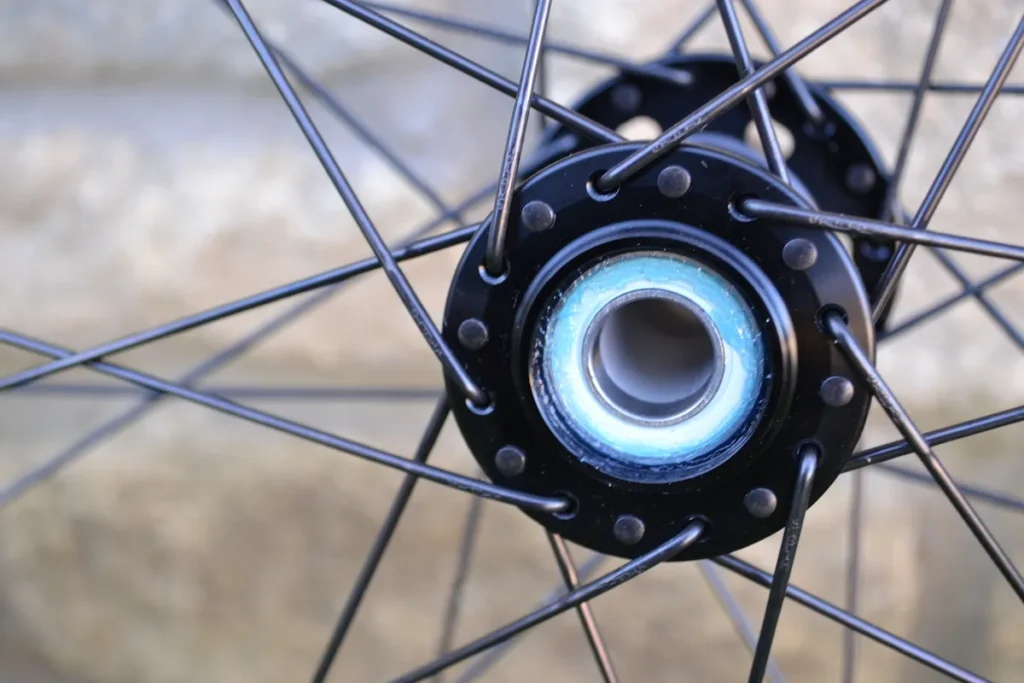
- Choosing the wrong size or poorly designed bearings for your bicycle.
- Installing low-quality bearings with weak tolerances.
- Allowing dirt and water to contaminate bicycle ball bearings.
- Using bearings with poor seals that let grease escape.
- Picking undersized bearings to save weight or space.
Reflect on your own bicycle habits and see if any of these problems sound familiar.
Key Takeaways
- Keep dirt and water away from your bicycle bearings to prevent damage and wear.
- Adjust your bearings properly using the right tools to avoid too tight or too loose settings.
- Use high-quality grease made for bicycle bearings to keep them smooth and long-lasting.
- Protect your bearings from rust by drying your bike after wet rides and checking seals often.
- Always choose the correct bearing size and install it carefully to avoid early failure.
1. Contamination
Common Bearing Problems
You might not notice contamination right away, but it is one of the most common bearing problems for any bicycle. When dirt, grit, or debris gets inside your bicycle ball bearings, you set the stage for rapid wear. These tiny particles grind against the bearing surfaces. This causes scratches and pits. Over time, the bearing loses its smoothness. You may feel roughness or hear grinding noises when you spin the wheels or pedals.
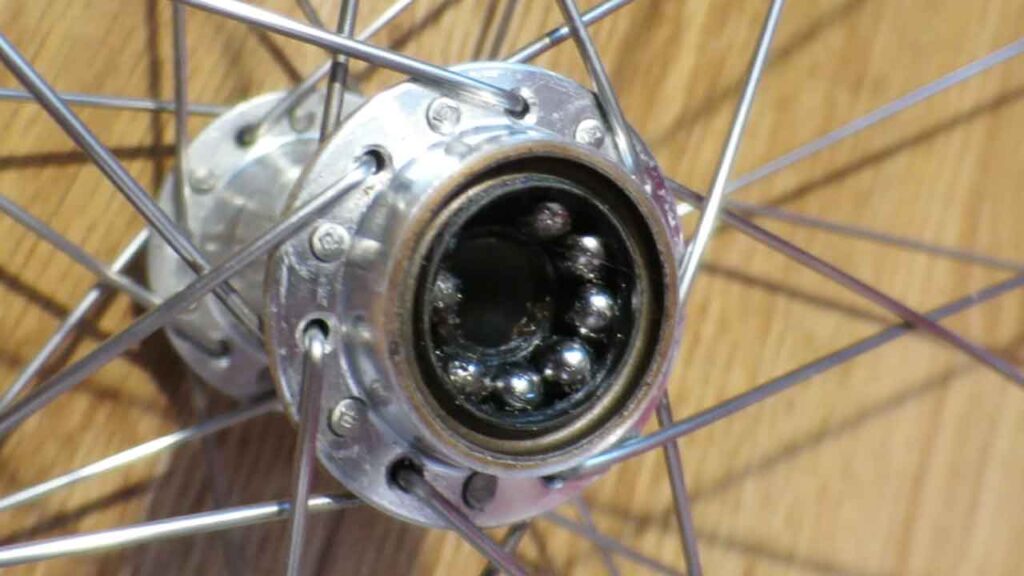
Here are some common bearing problems caused by contamination:
- Increased friction inside the bearing
- Faster bearing wear and tear
- Higher risk of bearing failure
- Shorter lifespan for your bicycle ball bearings
Tip: Always check your bearings after riding in wet or muddy conditions. Dirt and water can sneak past even a good seal.
Signs of Dirt and Grit
You can spot bearing contamination if you know what to look for. Watch for these signs:
- Grinding or crunching sounds from your bicycle wheels or pedals
- Stiff or rough movement when you spin the bearing
- Visible dirt or debris near the bearing area
- Grease that looks dirty or gritty
If you see any of these signs, you should clean your bearings right away. Remove the bearing from your bicycle. Wipe away old grease and debris. Use fresh grease before you put the bearing back. Make sure the seal fits tightly to keep out new dirt.
To prevent bearing problems, clean your bicycle regularly. Avoid spraying water directly at the bearings. Choose a high-quality seal for extra protection. Regular checks help you catch bearing contamination early and stop bearing failure before it starts.
2. Improper Adjustment
Over-tightening or Under-tightening
You might think tightening your bicycle bearings as much as possible keeps everything secure. In reality, both over-tightening and under-tightening can cause serious problems. When you over-tighten bearings, you put too much pressure on the bearing surfaces. This leads to excessive bearing loads and can crush the tiny balls inside. Overloaded bearings lose their smooth spin and wear out quickly.
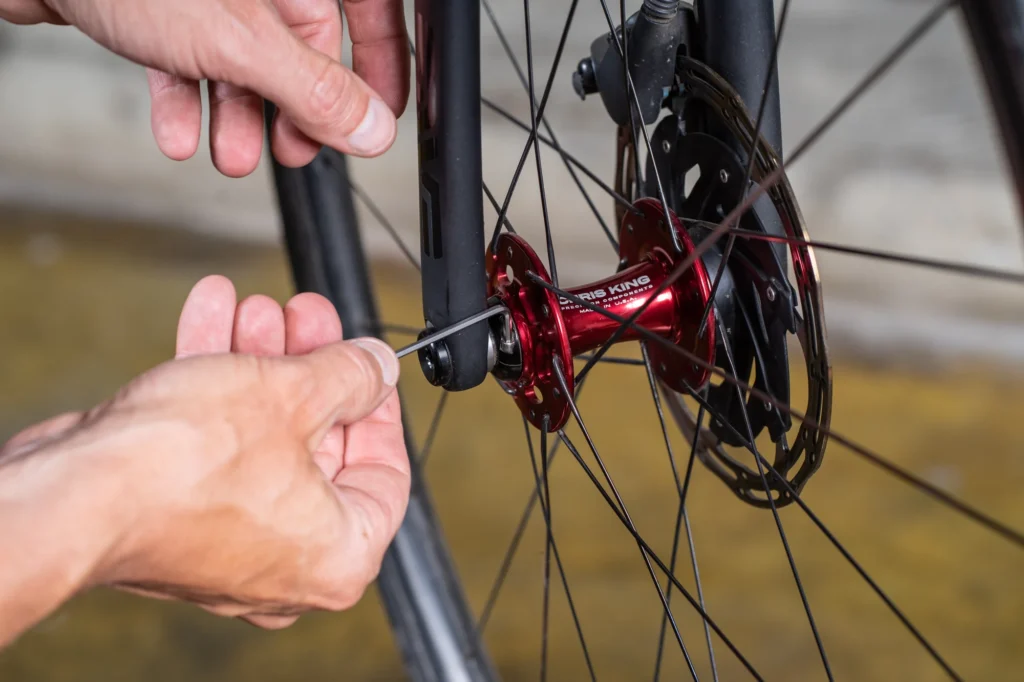
If you under-tighten bearings, you create underloaded bearings. These bearings move around too much inside their housings. This movement causes uneven wear and lets dirt sneak in. Underloaded bearings can also lose their alignment, which makes your bicycle feel unstable.
Tip: Always use the correct tools and follow your bicycle manufacturer’s torque recommendations. A torque wrench helps you avoid both over-tightening and under-tightening.
Effects on Bearings
Improper adjustment changes how your bearings handle stress. Overloaded bearings from too much tightening can develop flat spots and pits. You may notice your bicycle feels stiff or hear clicking noises. Underloaded bearings, on the other hand, can rattle and make your ride feel loose. Both problems shorten the lifespan of your bearings.
A technical study shows that as the adjustment moves away from the ideal setting, the performance of the bearing drops. When the adjustment error gets too high, the reliability of the bearing falls below safe levels. This means you need to check and adjust your bearings before they fail.
Here is a quick guide to help you spot problems:
| Adjustment Type | Common Signs | Bearing Impact |
|---|---|---|
| Over-tightening | Stiff movement, noise | Overloaded bearings, wear |
| Under-tightening | Loose feel, rattling | Underloaded bearings, misalignment |
Check your bearings often. If you feel roughness, looseness, or hear odd sounds, adjust your bearings right away. Proper adjustment keeps your bicycle running smoothly and extends the life of your bearings.
3. Lack of Lubrication
Poor Grease Quality
You might not realize how much poor grease quality affects your bicycle pedal bearings. When you use low-quality grease, your bearings lose protection fast. High-quality grease keeps your bearing surfaces smooth and helps your bicycle pedal bearings last longer. Research shows that good grease breaks down slower and keeps its protective power. Poor grease loses its thickener and oil, which means your bearings dry out and start to grind. This leads to more friction and faster wear.
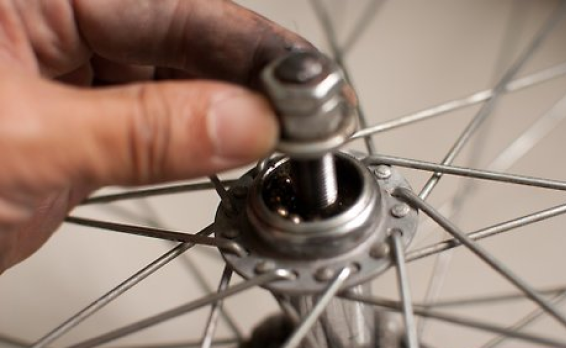
A study compared different greases in bearings. It found that high-quality grease gives your bicycle pedal bearings a longer life. The grease performance factor (GPF) shows that better grease means better bicycle bearing performance. If you use poor grease, your bearings can fail early. You might notice your bicycle pedal bearings feel rough or make noise. Always pick grease made for bicycle pedal bearings to avoid bearing lubrication problems.
Tip: Check your grease often. If it looks dry or dirty, clean your bicycle pedal bearings and add new grease.
Bicycle Pedal Bearings
Your bicycle pedal bearings need the right amount of lubrication to work well. Lack of lubrication causes big problems. When you ride, dirt and debris can get into your bicycle pedal bearings. If your grease is thin or missing, these particles scratch the bearing surfaces. The film of lubricant is very thin—less than a micron. Dirt is bigger and can cause damage fast. Tests show that debris in the lubricant increases wear in bicycle pedal bearings.
Here are signs of bearing lubrication issues in your bicycle pedal bearings:
- Grinding or crunching sounds
- Pedals that spin roughly
- Grease that looks dirty or thin
You can prevent these problems by cleaning your bicycle pedal bearings and using fresh, high-quality grease. This keeps your bearings smooth and helps your bicycle bearing performance stay strong. Regular care stops bearing lubrication issues before they start. Your bicycle pedal bearings will last longer, and your ride will feel smoother.
| Problem | Cause | Solution |
|---|---|---|
| Fast wear | Lack of lubrication | Use high-quality grease |
| Rough pedal movement | Dirty or thin grease | Clean and re-grease bearings |
| Noisy bearings | Debris in lubricant | Replace grease and check seals |
4. Corrosion
Moisture and Rust
Water is one of the biggest enemies of your bicycle bearings. When moisture gets inside your bearings, it starts a chemical reaction that leads to rust. Even a small amount of water or condensation can cause problems. If you ride your bicycle in the rain or wash it without drying it well, you risk letting water reach your bearing surfaces. Acid from sweat or road salt can also speed up rust.
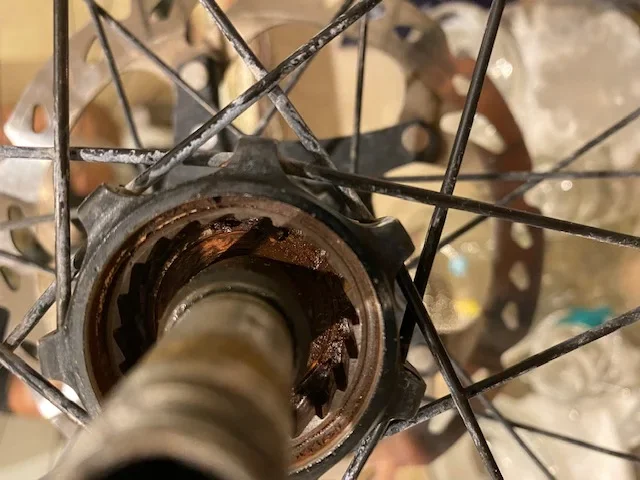
Experimental studies on bearing steel show that exposure to humid air at normal room temperature causes a thin layer of rust to form on the bearing surface in less than a day. This layer grows quickly and then becomes stable. The same thing can happen inside your bicycle bearings if you leave them wet. Rust makes the bearing surface rough. This roughness causes more friction and faster wear. Your bearings will not spin smoothly, and you may hear grinding noises.
Note: Rust does not just look bad. It weakens your bearings and shortens their life.
Preventing Water Damage
You can protect your bicycle bearings from water damage by following a few simple steps:
- Dry your bicycle after every wet ride. Use a clean cloth to wipe down all parts, especially near the bearings.
- Avoid spraying water directly at your bearings when cleaning your bicycle.
- Check your bearing seals often. Good seals keep water out and grease in.
- Apply fresh grease to your bearings regularly. Grease acts as a barrier against moisture.
- Store your bicycle in a dry place. Humid air can cause condensation inside your bearings.
Look for early signs of corrosion in your bearings. These signs include brown or orange spots, rough spinning, or squeaking sounds. If you spot rust, clean your bearings right away and add new grease. Replace any bearing that feels rough or damaged.
| Problem | Cause | What to Do |
|---|---|---|
| Rust spots | Moisture in bearings | Clean and re-grease |
| Rough spinning | Rust or pitting | Replace bearing |
| Squeaking noise | Water in bearing | Check seals and grease |
Tip: Regular checks and quick action help you stop corrosion before it ruins your bicycle bearings.
5. Wrong Size or Poor Installation
Incorrect Bearings
You might think any set of bearings will work for your bicycle, but choosing the wrong size can cause big problems. Bearings come in many sizes and types. Each bicycle needs a specific bearing to fit its parts. If you use a bearing that is too small, it cannot handle the load. The bearing will wear out quickly and may even break during a ride. If you use a bearing that is too large, it will not fit tightly. This loose fit lets the bearing move around, which damages both the bearing and the bicycle.
Statistics show that using the wrong size bearing causes about 10% of all premature bearing failures. Picking a larger or stronger bearing does not always help. Sometimes, it creates new problems like the wrong speed rating or too much preload. These issues can make the bearing fail even faster.
Tip: Always check your bicycle manual or ask a professional before buying new bearings. The right size keeps your bicycle running smoothly and safely.
Installation Errors
Even if you pick the correct bearings, poor installation can ruin them. If you force a bearing into place, you might damage the bearing surface. A bent or scratched bearing will not spin well. If you do not seat the bearing fully, it can wobble inside the bicycle. This movement causes uneven wear and shortens the life of the bearing.
Follow these steps for proper bearing installation:
- Clean the bearing seat and all parts before you start.
- Use the right tools to press the bearing in straight.
- Make sure the bearing sits flat and snug in its place.
- Check for smooth movement after installation.
A good installation helps your bearings last longer and keeps your bicycle safe. If you feel roughness or hear noise after installing new bearings, check your work. You may need to remove the bearing and try again.
| Mistake | What Happens | How to Avoid |
|---|---|---|
| Wrong size bearing | Fast wear, loose fit | Match bearing to bicycle |
| Poor installation | Damage, rough movement | Use correct tools, take care |
Remember: The right bearings and careful installation protect your bicycle from early bearing failure.
You can avoid early bearing failure by steering clear of these five mistakes:
- Contamination
- Improper adjustment
- Lack of lubrication
- Corrosion
- Wrong size or poor installation
Regular maintenance makes a huge difference. The table below shows how proper maintenance can extend bearing life from just 37 days to over 2000 days.
Metric | Without Proper Maintenance | With Proper Maintenance |
|---|---|---|
| Mean Time to Failure (MTTF) | 37 days | 2066 days |
Check your bicycle ball bearings often. At TFL Bearings, we help you choose reliable bearings and support your maintenance routine. Keep your bicycle rolling smoothly—start caring for your bearings today!
FAQ
How often should you check your bicycle bearings?
You should check your bearings every few months or after riding in rain or mud. Regular checks help you spot problems early. Clean and inspect your bearings to keep your bike running smoothly.
What signs show that your bearings need replacement?
Look for grinding noises, rough spinning, or loose movement. Dirty or rusty bearings also signal trouble. If you see these signs, replace your bearings soon to avoid bigger issues.
Can you use any grease for bicycle bearings?
No, you should use grease made for bicycle bearings. Special grease protects your bearings from dirt and water. Using the wrong grease can cause your bearings to wear out faster.
Why do bearings fail even with regular cleaning?
Bearings can fail if you use the wrong size, install them poorly, or use low-quality parts. Even with cleaning, these mistakes damage your bearings. Always choose the right bearings and install them carefully.
How do you make your bearings last longer?
Keep your bearings clean and well-lubricated. Use high-quality grease and check for water or dirt. Install the correct bearings and avoid over-tightening. These steps help your bearings last much longer.
